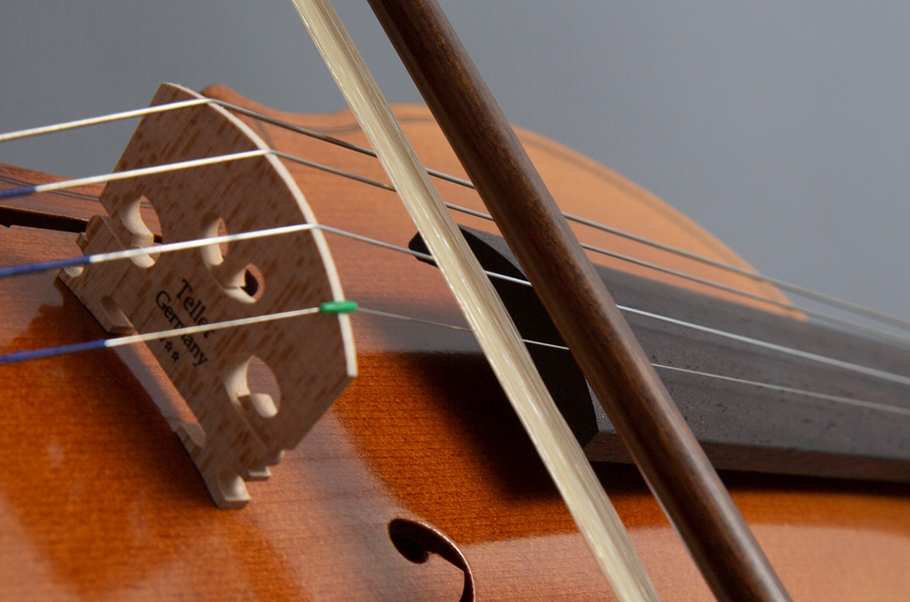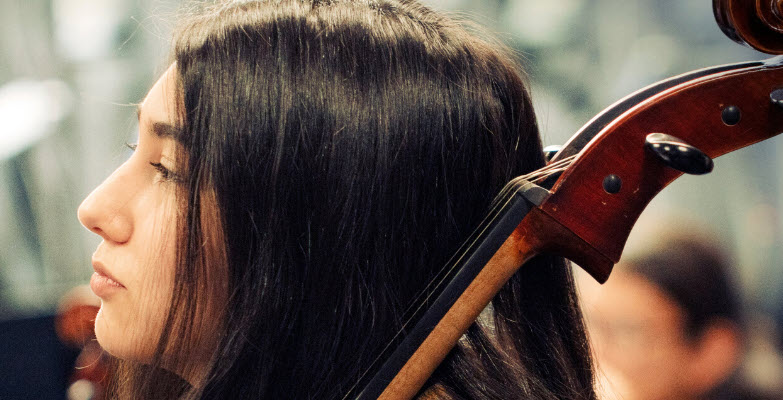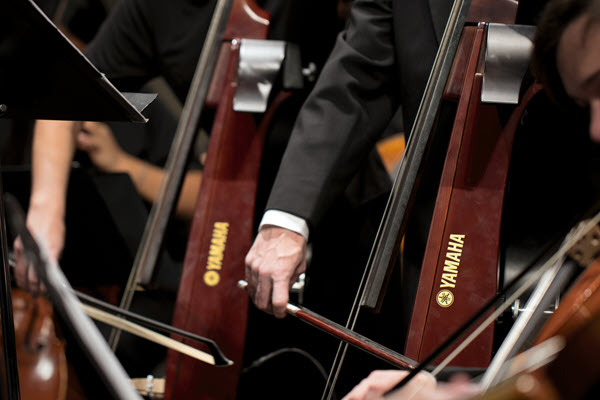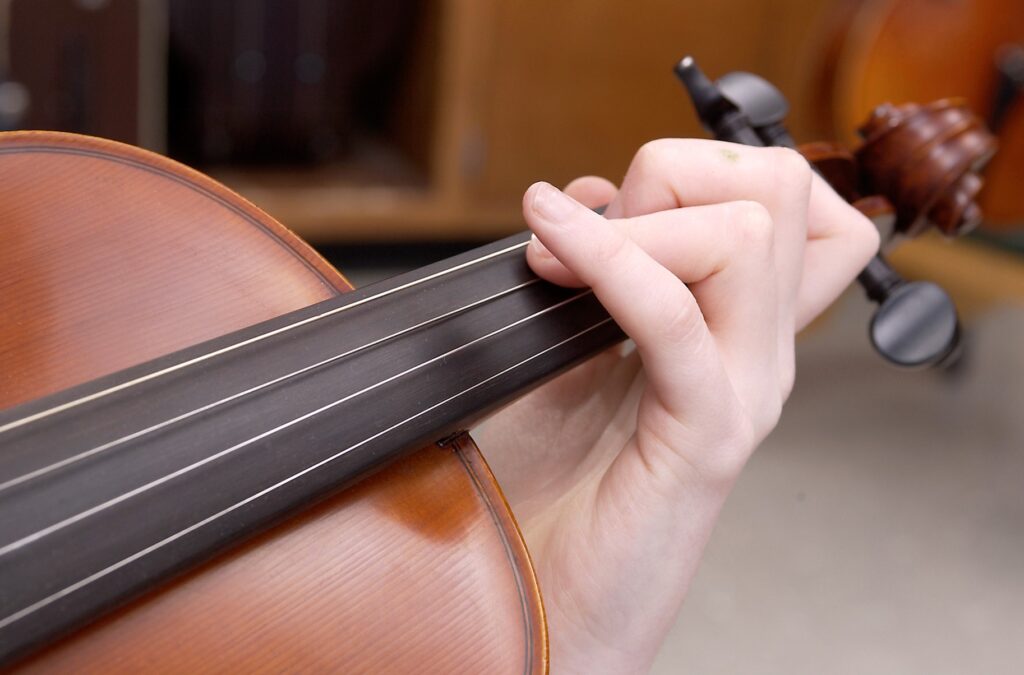Eight Spooky String Techniques
Warning: Don’t try these alone late at night.
As night grows longer and souls start to wander, the need for spooky and unique orchestral string techniques grows stronger. String instruments have long been the secret weapon behind the shivers in your favorite suspense scenes. The classic horror film starter pack includes glissando, tremolo, trill and harmonics, but this list will guide you through other unique extended techniques that are either fun, spooky or both, with video examples. Listen to the techniques of the night … and what music they make!
1. SUL PONTICELLO AND SUL TASTO
By bowing close to the bridge or fingerboard (respectively), a mildly scratchy, metallic sound is created. Don’t worry, it’s coming from your cello and not the attic! View and listen to this technique here.
2. THE BARTOK SNAP
A fun and loud type of pizzicato (also known as pizz) is done by plucking the string hard and releasing it, making the string snap against the fingerboard. Performing this move for the first time strikes fear into the hearts of musicians because strings are expensive… and can hurt! View and listen to this technique here.
3. SCORDATURA
More commonly used by guitarists, this unique technique can be a nightmare to experiment with. It can be risky to tune a string differently (tuning a violin’s E string higher could cause it to snap, which will give you the perfect opportunity to be a pirate this Halloween) but it is usually fine for short durations. However, over-tuning a string too high can eventually damage the strings and bridge of the instrument, though tuning lower should carry less of those risks.
While this Vivaldi score may not sound unusual, the difference in tuning can be heard when comparing the first chord. Shown on the top line of the score is the violin part. On the left next to it, you can see that the composer is leaving a cryptic clue. Vivaldi is trying to indicate the use of Scordatura by showing the notes that each string should be tuned to.
Here, the violin’s G string (the lowest string) is tuned almost two notes higher, to a B flat, while the E string (the highest string) is tuned one note lower, to a D. In this specific score, the notes the stay the same as if there were no changes, but they will sound different. For example, the bottom note of the first chord is written as a G, but it sounds like a B flat, and the top note is written as a G, but sounds like an F. Confused? The performer probably is too.
4. CHOPS
Although rarely if ever used for horror effect, this is a cool, crunchy technique primarily performed within the genres of jazz and everything not classical. It requires a lot of finger and wrist motion from the bow arm and is played near the frog of the bow… but don’t drop this frog into your cauldron! View and listen to this technique here.
5. PAGANINI’S RICOCHET
Niccolò Paganini was nicknamed “The Devil’s Violinist” because of his immense talent. People rumored that he may have sold his soul in exchange for skill. There comes a time in every classical violinist’s career when they must face his work. Ricochet involves naturally bouncing the bow on the string and is one of the most difficult techniques to master. View and listen to this technique here.
6. LEFT HAND PIZZICATO
Why pizz with one hand when you can pizz with both? Now not only are you doing two tasks with your arms, you are doing three: fingering, plucking and still bowing. Some pieces call for four, where you pizz and finger with the left hand, and switch between pizz and bowing with the right hand. Now that’s scary! View and listen to this technique here.
7. COL LEGNO
This defies everything your music teacher tells you: Flip the bow upside down so that the wood (rather than the hair) of the bow is scraping the strings. View and listen to this technique here.
8. SUB PONTICELLO
Looking for something really crazy? Play below the bridge to create a sound one would hear while being crept up on in the shower. View and listen to this technique here.
THE FINAL WEIRD TECHNIQUE BOSS: ROSIN EATING ZOMBIES FROM OUTER SPACE
Check out this horrifically amusing piece that is meant to be a parody of horror film scores. We all played this in middle school, and many other school orchestras enjoy performing it too. At 1:17 you can hear beautiful sub ponticello … as well as blood-curdling screams. Headphone users: Beware!
As you can see (and hear), almost anything can be a musical technique. Next time you’re watching a scary or suspenseful scene, try to think about how the underlying music was created. Modern film soundtracks use sound from a variety of sources, but pretty much any old-fashioned black and white movie can provide a gold mine of interesting string music.
With this new knowledge in mind, you can now use your instrument to let the serenading stop… and the screaming begin!















